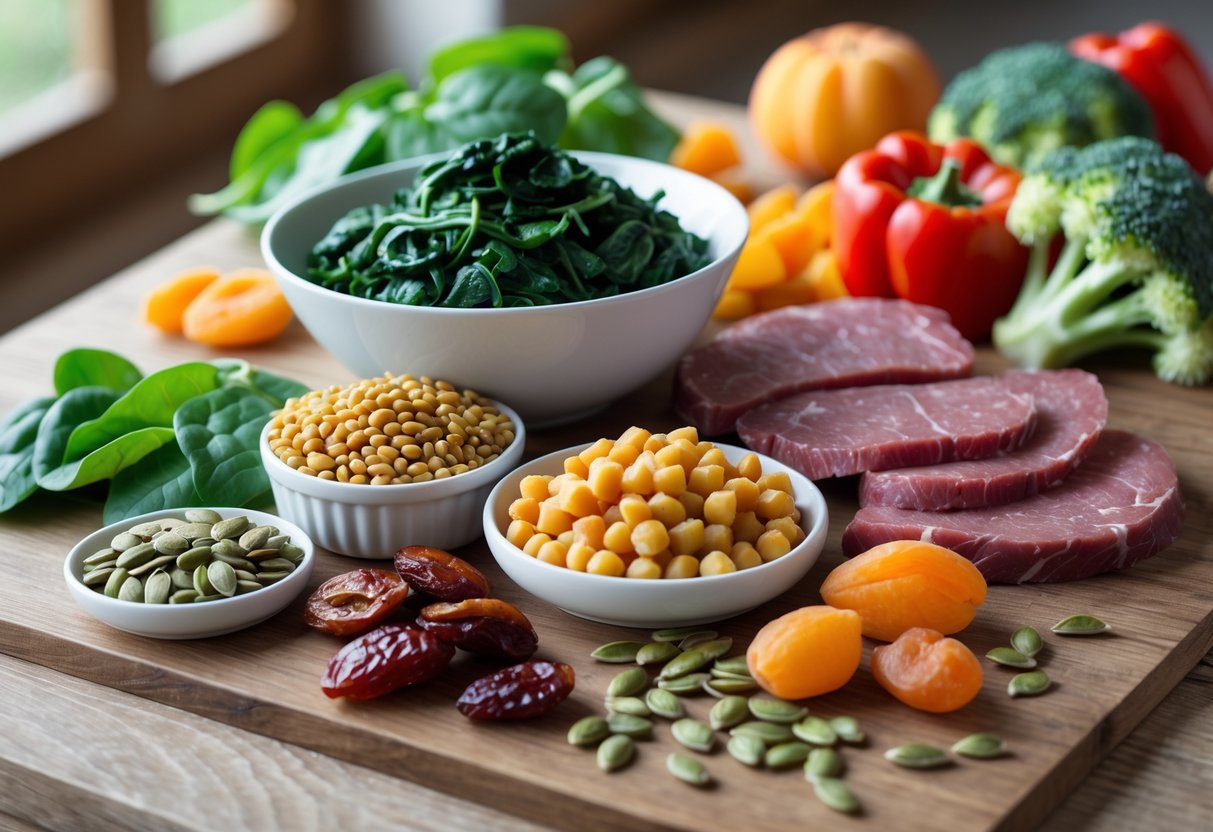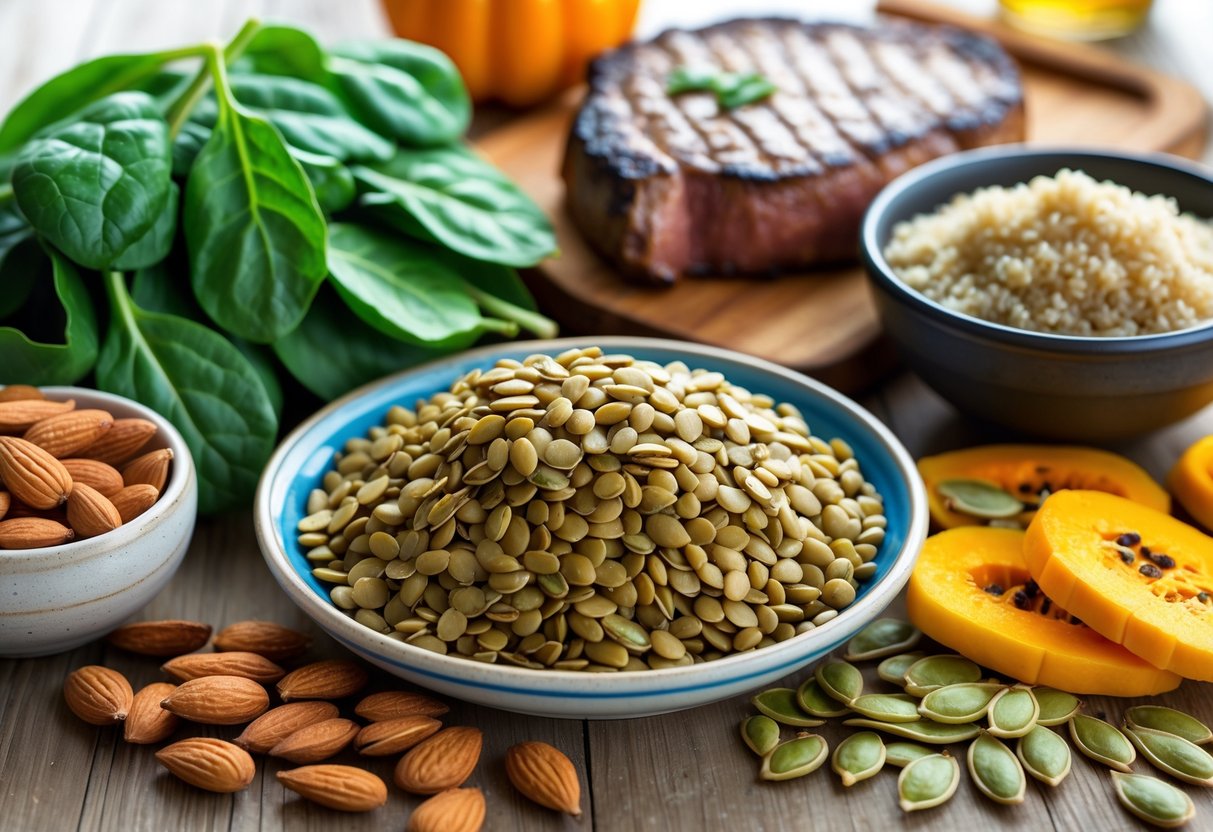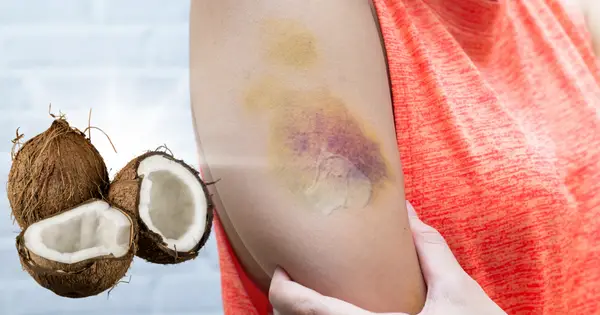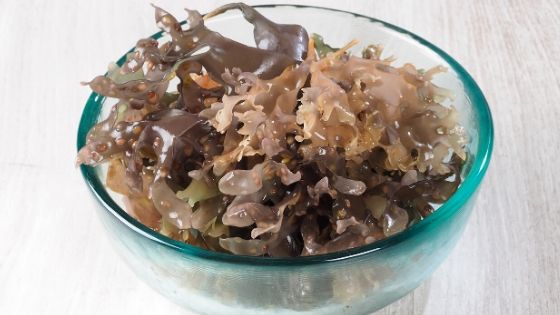Foods High In Iron For Women: Tasty Options To Boost Energy

When you buy through links on our site, we may earn an affiliate commission at no additional cost to you (learn more)
Iron plays a key role in keeping women energized and healthy, yet many don’t get enough of it each day. Low iron levels can cause fatigue, weakness, and trouble focusing, making daily life feel harder than it should. Eating foods high in iron helps women maintain energy, support healthy blood, and feel their best.
This article explores simple ways to add more iron to everyday meals. It highlights which foods provide the most iron, from meats and fish to beans and leafy greens. It also shares how pairing certain foods can help the body absorb iron more effectively, so every bite counts toward better health.
Top Iron-Rich Foods for Women
Iron supports energy, focus, and healthy blood levels. Women often need more iron than men, especially during their childbearing years. Choosing a mix of iron-rich foods from both animal and plant sources helps meet daily needs and maintain good health.
Animal-Based Sources of Iron
Animal foods provide heme iron, which the body absorbs easily. Lean red meat, such as beef or lamb, offers some of the richest sources. Chicken, turkey, and pork also supply valuable amounts.
Seafood like clams, oysters, and sardines are excellent choices. Clams, for example, provide several times more iron per serving than many meats. Eggs, especially the yolk, add smaller but helpful amounts.
Cooking meat with vitamin C–rich foods, such as bell peppers or tomatoes, can increase absorption. Trimming fat and choosing grilling or baking over frying makes these foods healthier choices. For women who eat animal products, including these options several times a week can make a real difference in meeting iron needs.
Plant-Based Sources of Iron
Plant foods supply non-heme iron, which the body absorbs less efficiently but still contributes greatly to total intake. Lentils, kidney beans, and chickpeas are top sources. Tofu and tempeh also provide iron along with protein.
Dark leafy greens like spinach, kale, and collards contain iron plus folate and calcium. Pumpkin seeds, cashews, and quinoa round out easy plant-based additions.
Pairing these foods with vitamin C sources, such as citrus fruits or strawberries, helps improve absorption. Using cast iron cookware can even add small amounts of iron to meals. For vegetarians and vegans, combining different plant-based foods across the day ensures steady intake.
Iron-Fortified Foods

Many everyday foods are fortified to help people meet iron needs. Breakfast cereals often list iron in the nutrition facts label, with some providing half or more of the daily value per serving.
Fortified bread, pasta, and oatmeal offer convenient ways to add iron. Choosing versions labeled whole-grain and enriched gives extra fiber and nutrients along with iron.
To avoid excessive sugar or sodium from processed products, checking labels is helpful. Fortified foods work best when combined with fresh sources and balanced meals. For women with higher needs, these products offer a practical boost without major diet changes.
Enhancing Iron Absorption and Meeting Women’s Needs
Many women struggle to get enough iron and to absorb it efficiently from food. Understanding how certain nutrients work together, how much iron the body needs, and how to plan meals can make a big difference in maintaining healthy iron levels.
Vitamin C and Iron Absorption
Vitamin C helps the body absorb non-heme iron, which comes from plant foods. Foods like spinach and beans contain this type of iron, but the body doesn’t absorb it as easily as iron from meat. Pairing iron-rich foods with vitamin C sources can greatly improve absorption.
Good vitamin C sources include oranges, strawberries, bell peppers, and tomatoes. For example, adding sliced tomatoes to lentil soup or drinking orange juice with oatmeal can help the body take in more iron.
Cooking in cast-iron pans can also slightly boost iron intake. However, certain foods or drinks, like coffee, tea, and dairy, can reduce iron absorption. Eating these at different times from iron-rich meals helps the body get more benefit from each meal.
Daily Iron Recommendations for Women
Iron needs vary by age and life stage. According to most health guidelines, women aged 19–50 need about 18 mg of iron per day. Pregnant women need closer to 27 mg, while postmenopausal women usually need around 8 mg.
This higher amount supports blood production, especially since many women lose iron during menstruation. Without enough iron, the body may not make enough red blood cells, leading to tiredness and weakness.
Women who follow vegetarian or vegan diets should aim for roughly 1.8 times more iron because plant-based iron is harder to absorb. Supplements can help when food alone isn’t enough, but a doctor should confirm the need before use.
Smart Meal Pairings for Maximum Benefits
Balancing meals with both iron and vitamin C can help the body make better use of nutrients. A simple rule is to pair iron-rich foods with fresh fruits or vegetables that contain vitamin C.
Examples of helpful combinations:
- Oatmeal with strawberries or orange slices
- Grilled chicken with roasted bell peppers
- Spinach salad with citrus dressing
- Lentils with tomatoes or broccoli
Avoid drinking coffee or tea during meals, since they contain compounds that block iron absorption. Eating dairy separately from iron-rich foods can also help.



